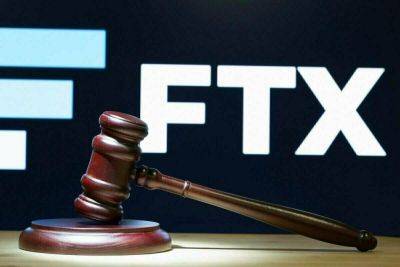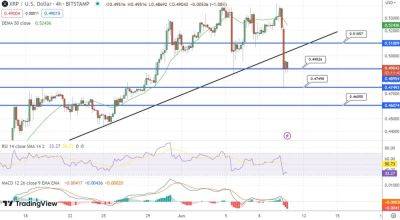This Bitcoin options strategy allows early bird traders to prepare for BTC’s next breakout
Bitcoin’s price (BTC) broke below its 55-day resistance at $27,000 on May 12, down 12.3% in 30 days. But, more importantly, it decoupled from the S&P 500 index, which is basically flat from 30 days ago, and 15% below its all-time high.
As the chart indicates, for some reason, Bitcoin investors believe that the favorable macroeconomic trends for risk markets were overshadowed by the increasing risk perception of the cryptocurrency sector.
For starters, there’s the impending U.S. government debt ceiling crisis, which, according to U.S. Treasury President Janet Yellen, could cause an "economic and financial catastrophe." The increased risk of default should, in theory, be beneficial for scarce assets as investors seek shelter from a weaker U.S. dollar.
The $5.6 trillion commercial real estate market in the United States is subject to additional risks due to high interest rates and troubled regional banks. Guggenheim Partners chief investment officer Anne Walsh stated, "We’re likely going into a real estate recession, but not across the entire real estate market."
There is also positive news on the cryptocurrency regulatory front, as the industry gathers additional support against the regulatory efforts of the U.S. Securities and Exchange Commission (SEC). The U.S. Chamber of Commerce filed an amicus brief on May 9, defending the Coinbase exchange and accusing the SEC of deliberately creating a precarious and uncertain landscape.
Further fueling investors’ hope is the Bitcoin halving expected for April–May 2024, when the miner’s incentive per block will be reduced from 6.25 BTC to 3.125 BTC. On-chain analysis revealed that addresses holding 1 BTC or more reached one million on May 13, according to the Glassnode analytics firm. In
Read more on cointelegraph.com





















